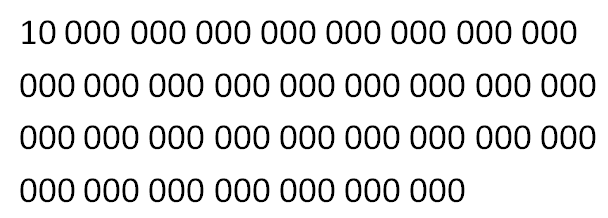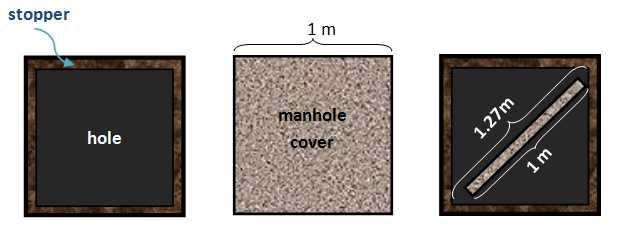Googol and Google
In last week’s post, we have talked about large numbers and their importance to scientific studies and everyday life. In this post, we talk about one of the most famous large numbers: googol.
A googol is the name of the number which is or a
followed by one hundred zeros. If you are wondering how large it is, well it is fairly large since the number of atoms in the observable universe is only
. That means that we need
universes, the size of the observable universe, to create a universe with googol number of atoms.
The term googol was coined in 1938 by Milton Sirrota (he was 9 years old the time he invented the term), nephew of Edward Kasner, an American mathematician. Kasner was famous for his book Mathematics and the Imagination where he introduced the term googol. » Read more

